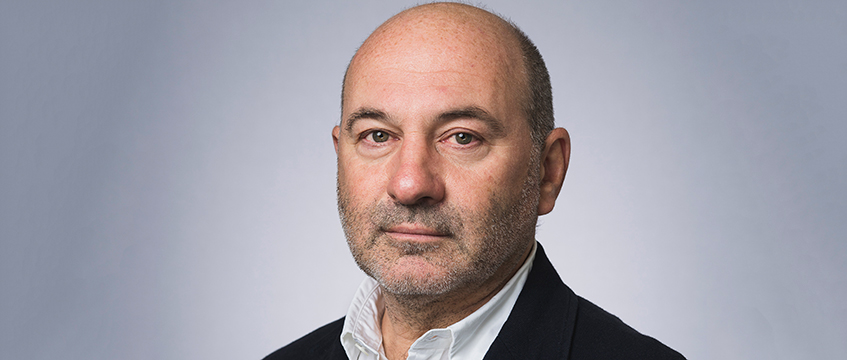Back in 2009 investors had it easy. It didn’t feel like it and fear prevailed. Unprecedented falls in value were terrifying but, combined with a shocking near failure of the banking system, they presented an extraordinary opportunity.
If you had the money – there was no debt – and were confident the market was somewhere near the bottom, there were an array of assets and strategies to choose from.
If we are reasonable, we will recognise that a large portion of returns to investors since then were due as much to this rebound in pricing as carefully mapped strategies.
Now we as asset managers have to work quite a bit harder to find and generate value. Stock picking generally isn’t enough as there is not great market movement – except in retail.
The prolonged uncertainty of Brexit and wider geopolitical concerns have put the brakes on growth, but healthy balance sheets and low interest rates – “low cost of time” – means there is far less distress.
Whether we are in a period of extend and pretend is debatable, but regardless, the market is not falling – at least substantially. We are hunting for distress and our low-ball offers are treated with disdain.
For investors needing double-digit returns, this presents a problem, and for some there is real pressure to deploy. This is pushing into strategies increasingly high on the risk curve to find value, but do returns reflect the risks taken?
Shift with the cycle
We always argue that strategies should shift with the cycle and we should avoid taking unnecessary risk in a frothy market. This directs us more towards core and core-plus as at least the returns better reflect risks.
Each cycle since the 1980s has shown that trying to deliver or force returns – maybe those returns promised in a glossy brochure first drafted some three years ago – over and above what the market is capable of delivering often ends in tears. Conversely, each cycle has also shown that we can still attain strong, sustainable returns if we change our investment habits and accept a healthy dose of realism.
We are fortunate in that both we and our capital are patient investors. If we cannot find the right opportunity, we will not invest. We have access to capital that can move quickly, but it does not force us to invest.
This gives us a little more thinking time and allows for more digging, more relationship building and being there for the real opportunity. We should all be ready.
Risk needs to be understood and analysed carefully. We often like to look at “suitably complex” opportunities, as what appears to many as risk looks like opportunity to us.
At the asset management level, this may mean finding an asset still producing income but starting to decrease in value. Perhaps the lease is running out, or it is in need of refurbishment or at risk of obsolescence.
We can then plan a course of action to extend that income while behind the scenes pushing forward with plans for the building, be they redevelopment, change of use, refurbishment or just a reletting.
Each asset is very different, we look at underlying value and try to maintain income in the meantime.
The world changes, property needs to adapt. We hadn’t expected driverless lorries, 5G or rooftop delivery. I was building offices when “flat white” was a paint colour.
It may be that your asset needs to be a multi-use facility with offices, retail, hotel and entertainment all in one place.
A current fall in value can be an opportunity, but to be able to fully exploit these opportunities we must also be able to nimbly dance between sectors. We cannot be straitjacketed by the traditional office, retail or industrial of 2006.
Be it demographic-driven real estate, such as student housing, BTR or retirement homes; tech driven shifts in logistics and last-mile delivery; or perhaps, going forward, sustainable real estate demands, we need to be able to redirect an asset in whatever direction the market demands.
Suitably complex
Suitably complex means we like assets that allow us to use our standardised operating models and platforms to drive investor return. It does not have to be high-risk, just hard enough to understand to scare off the majority and give us the chance to shine.
While we can be spreadsheet jockeys, we must also have a true feel of the properties themselves, development and the planning systems. We like to analyse, structure and deliver.
As I said, back in 2009, investors had it easy. For the moment we have to work harder and have to really think. It’s all about spotting the best possible outcome for an asset – this in the long run leads to far more sustainable returns.
Nick Jacobs is chief executive at Rowan Asset Management











